What’s behind people’s purchase decision of daily produce?
Research that explores and validates the impact of behavioral boosts on immigrant shoppers' potential to purchase unfamiliar produce
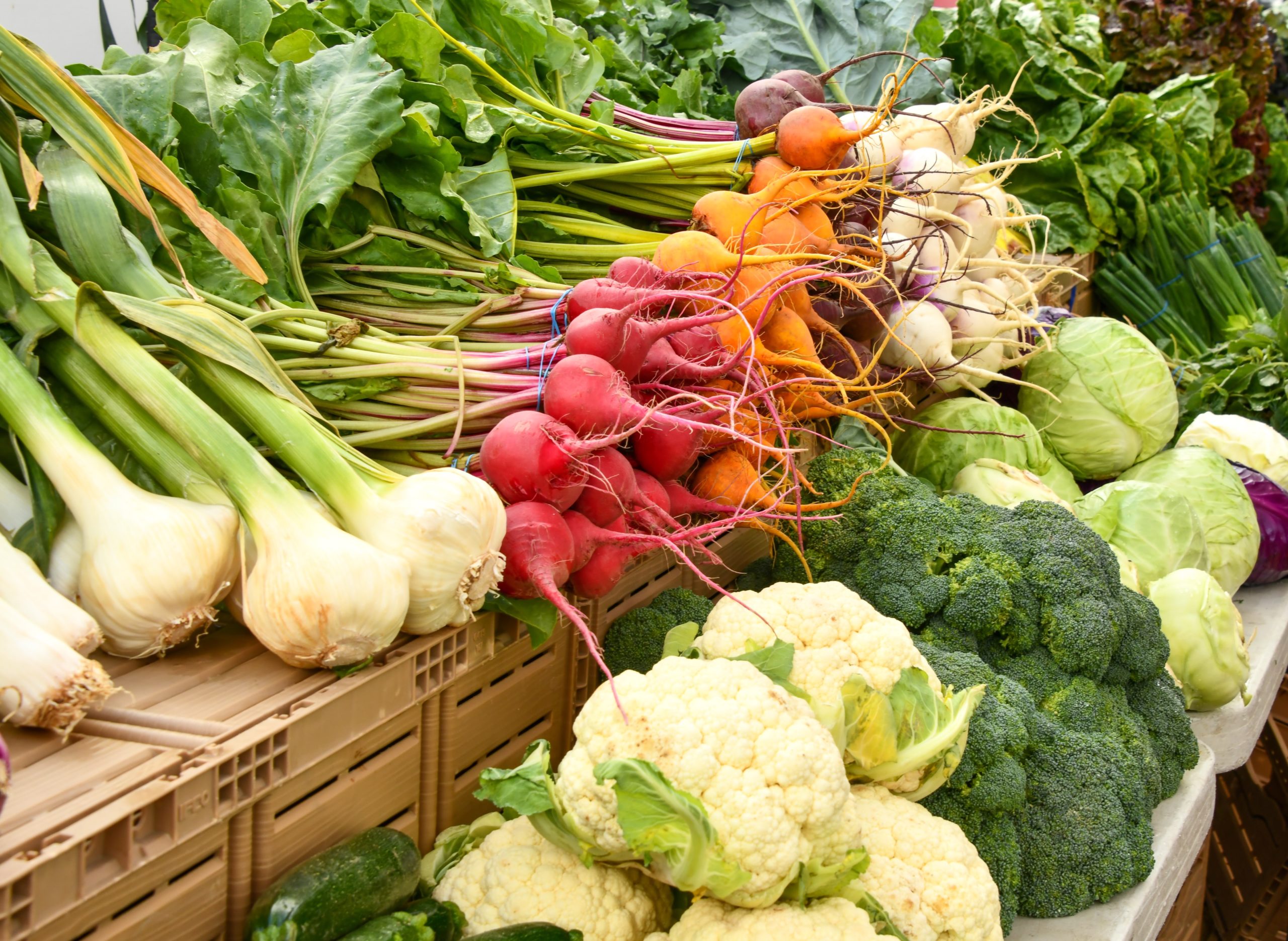
Behavioral research & design| September - December, 2022 | Team Institute of Design, IIT | My Role Primary research, Analysis & Synthesis, UX design
Challenge
This is a 14-week-long project conducted in the Behavioral Design workshop that I took at ID. The goal was to apply a behavioral perspective to the research, analysis, and concept development to address a food-related sustainability challenge.
Our team focused on immigrant groups in the US and their food consumption behaviors. The “familiar produce” that immigrant shoppers often purchase is likely not sustainably sourced. And they are in a stage of adapting their diet and recipes as they transition their identities in a new country.
The opportunity lies in the intersection of food waste reduction, consumption of seasonal and local foods, and the long-term influence of social norms.

How might we encourage people who are unfamiliar with local, seasonal food ecosystems to increase their consumption of sustainably sourced produce without increasing food waste?
Solution
Our design and test landed at the moment of purchase of unfamiliar seasonal produce. Through qualitative research and concept testing, two behavioral boosts categories turned out to be effective to motivate our intended user group to purchase unfamiliar produce.
Tangibility
+
Relevant identity
Help users imagine how substituting ingredients with local options can be easy, harmless, and valuable.
Show how they can adapt to using local ingredients while retaining the authenticity of the recipes in their culture.
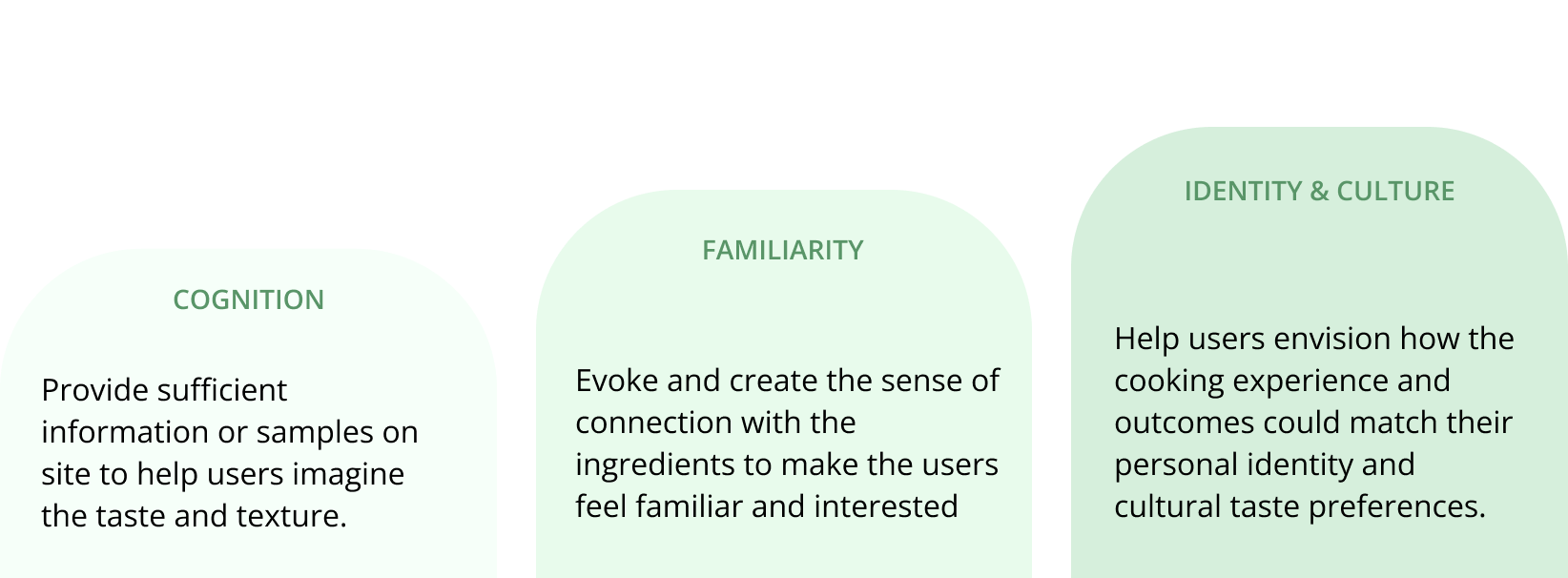
In-store
Experience
Design can enhance motivation by adding context and leveraging direct and sensorial information. *Based on user research, we used brussels sprouts as the design example
Show Not Tell
Use less text and more visual cues to tell the context and help users make decisions.
Less Is More
Require only the right amount of mental effort. Use straightforward information to make users interested.
Learn By Tasting
Provide cooked small samples for users to try at no cost and get the fullest experience.
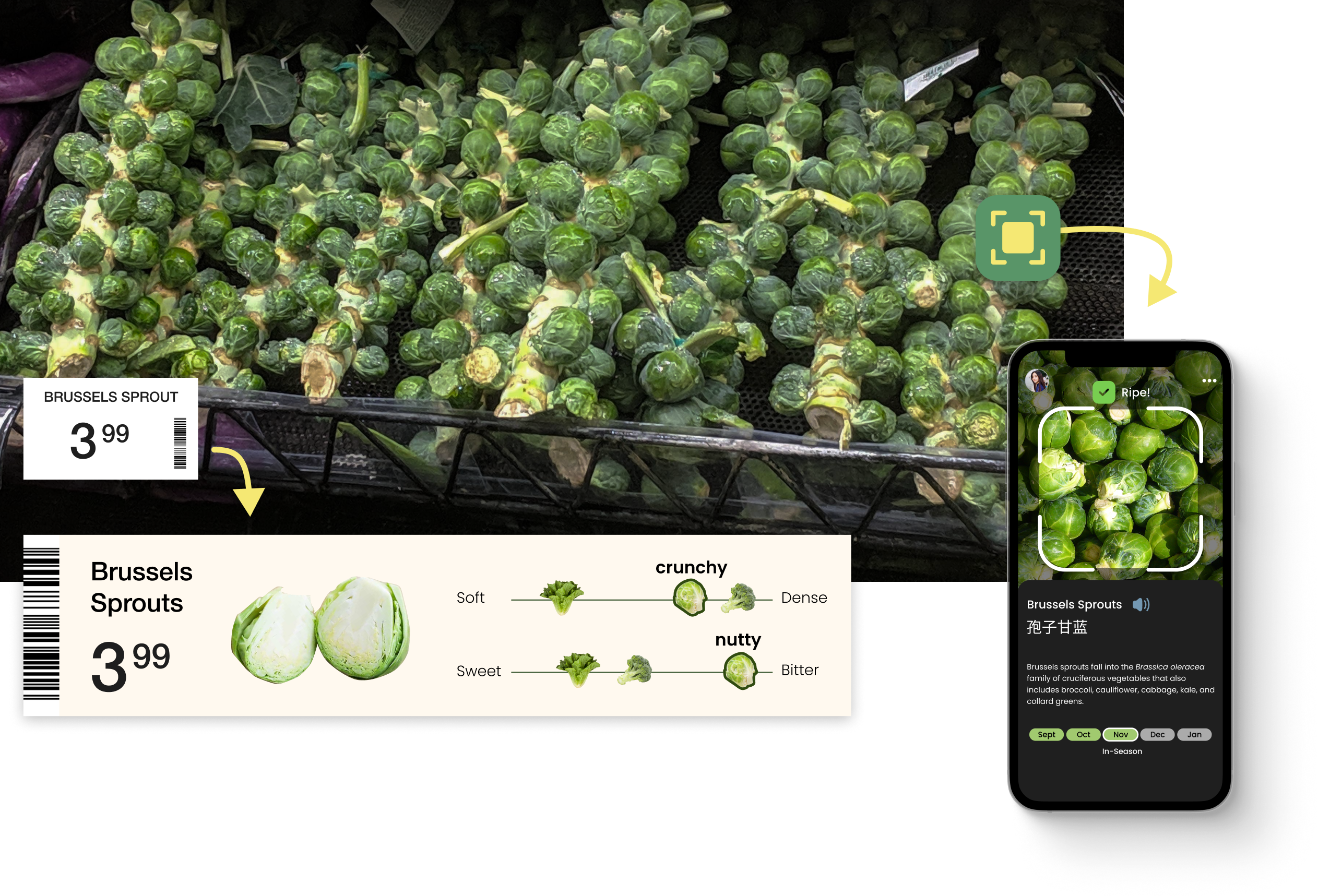
Outside-store
Experience
Based on different shopping environment interpretations, the prototypes that use technology suggested certain customization features were more impactful outside-store versus in-store.
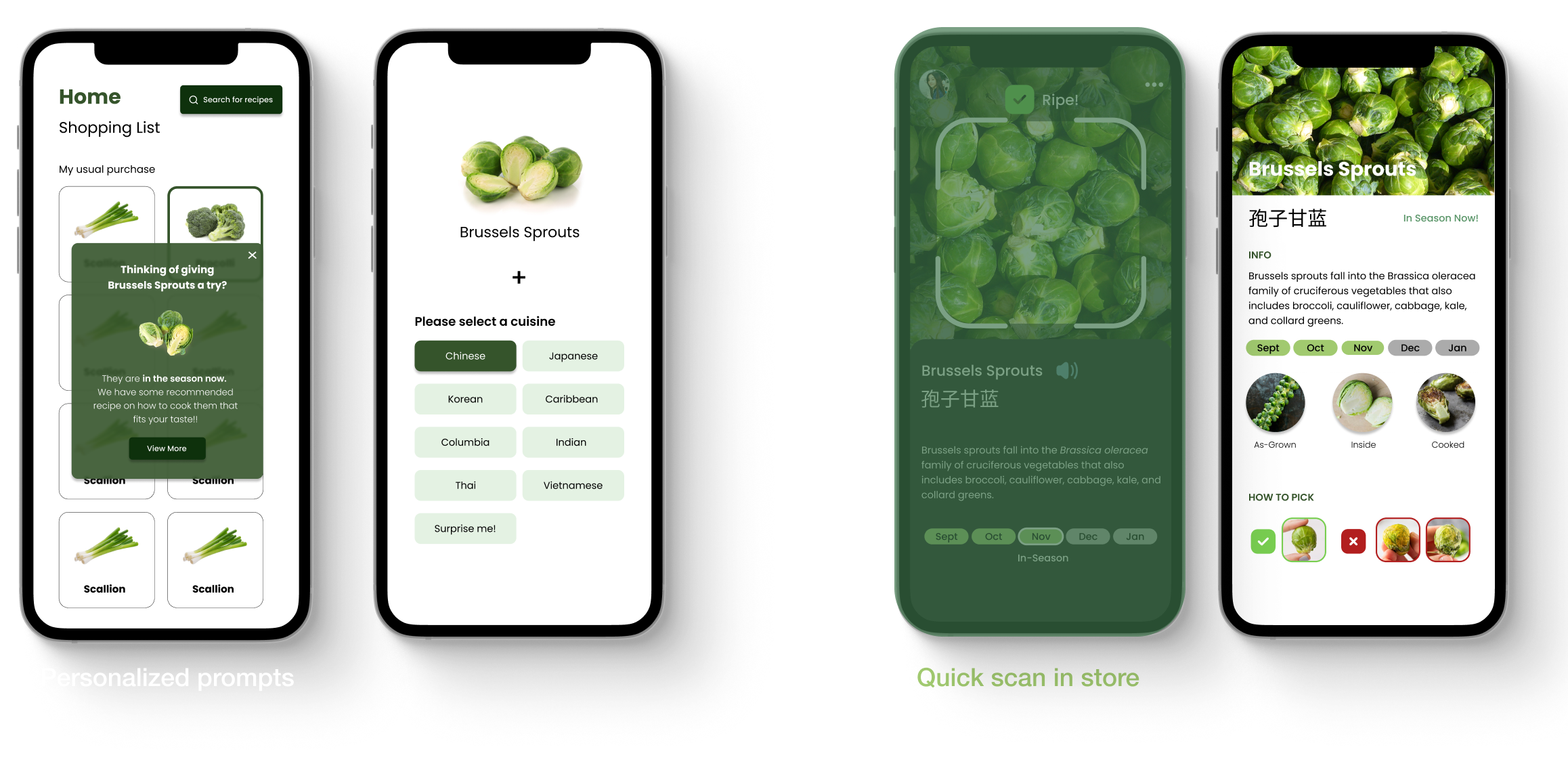
Cultural Identity vs. Chef Identity
People are in a period of identity transition. Where participants expressed that where they are from can be different from what they like to cook and eat.
Available Time X Curiosity Level
The level of anticipated engagement with a prototype was dependent on the combination of participants’ available time and their curiosity to try new things.
Design Impact
We created prototypes based on our research insights, and then tested the prototypes to validate and expand what we knew. Guided by behavioral science principles and frameworks, the iteration process helped the team select effective approaches and make design decisions based on solid evidence.
Process & Highlight
Problem Exploration
Explore and define an opportunity space. Frame our problem in a tangible way
Behavioral Analysis
Identify key barriers with behavioral science tools. Design a primary research plan based on deck analysis
Primary Research
Study existing choice-making conditions. Define a testable hypothesis
Insights & Iterations
Learn from emergent patterns and iterate prototypes. Summarize insights and plan for future exploration
Validation Test
Create a test plan and prototypes. Recruit and conduct tests
Apply the behavioral lens to research planning and analysis
Before jumping into primary research, we used the four-part decision-making model that provides a context for key behavioral factors to learn where our potential causes might reside.
(Deloitte, 2017).
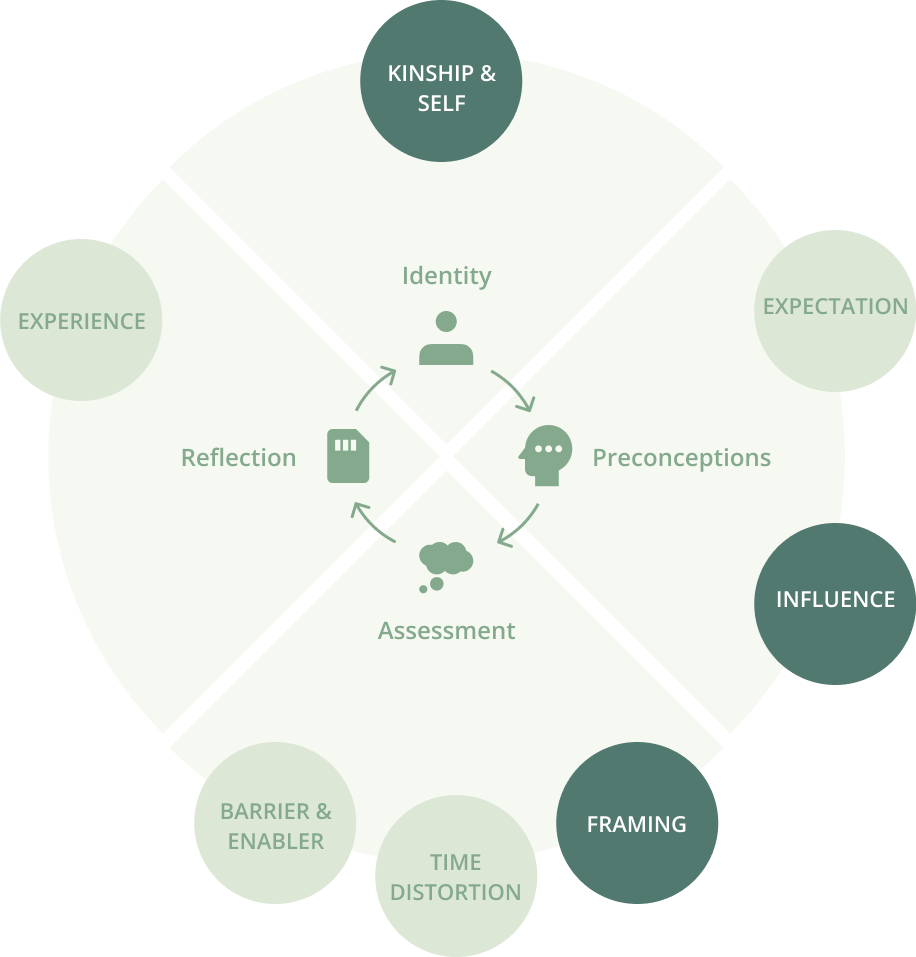
Apply the behavioral lens to concept testing
Based on our test goals and resources, we selected A/B testing to validate assumptions and further collect feedback.
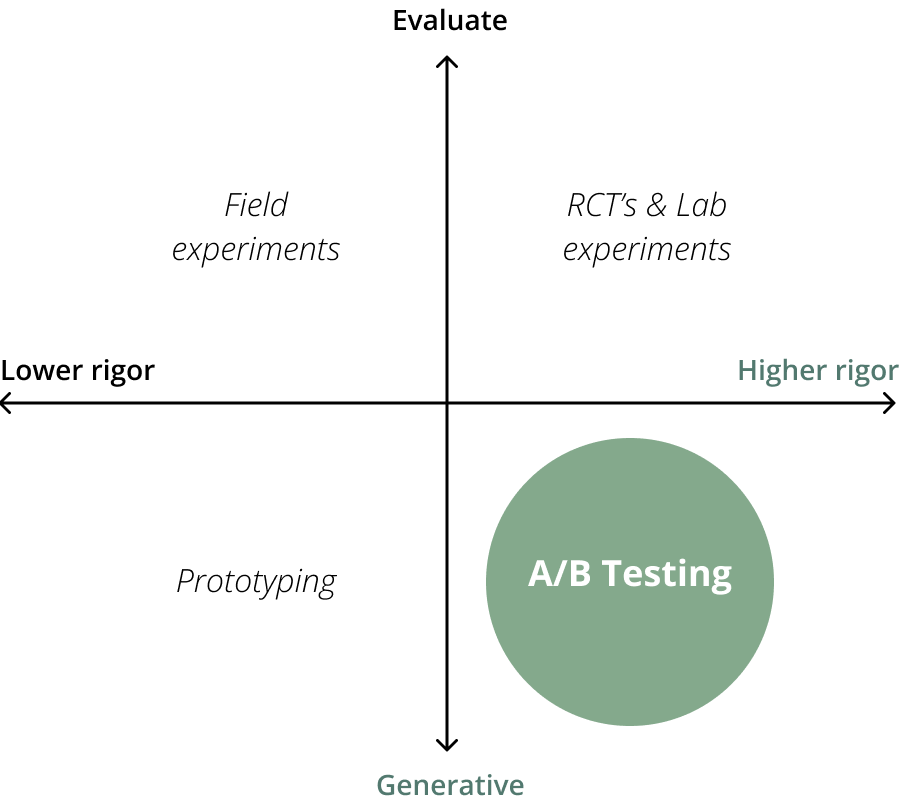
Test prototype matrix
We developed 9 prototypes over 3 categories for each behavioral dimension to compare with each other and the control prototype.
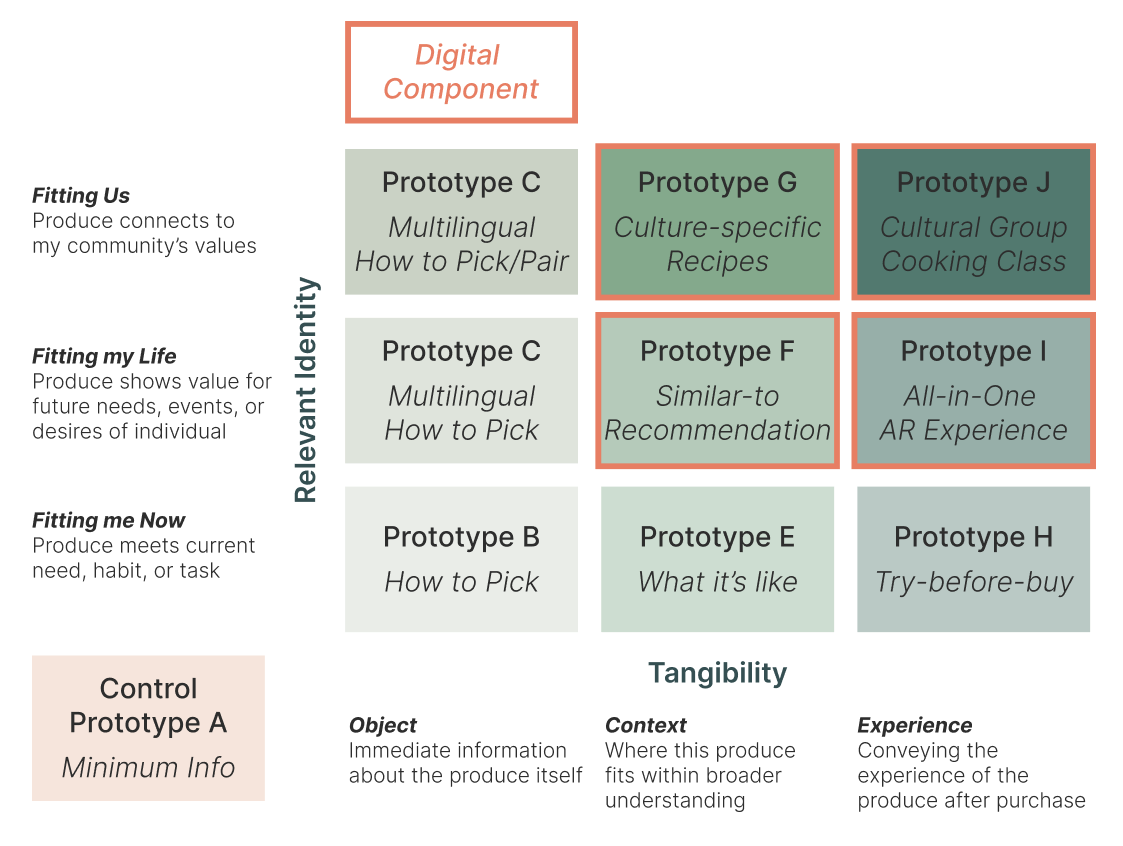
Check out the full report here
